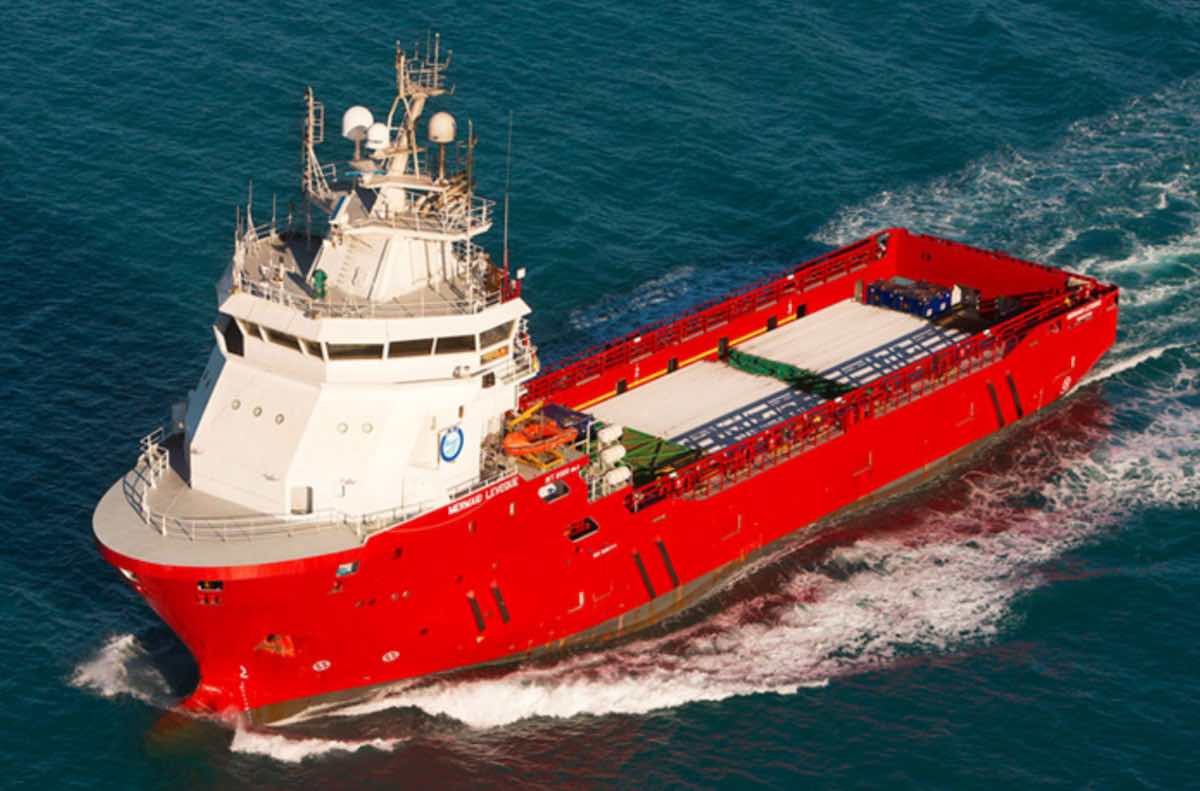Ørsted, the world’s biggest offshore wind developer, has blamed the lack of ships for the decision to abandon its 2.2 gigawatt (GW) Ocean Wind development off the coast of New Jersey.
In a conference call a day after the company revealed it was dumping the project on the US East Coast, Ørsted CEO Mads Nipper said that vessel delays would have forced the company to re-contract the majority of the project at vastly higher prices, Reuters reports.
Higher interest rates and the inability convince the state to give it the amount of tax credits Ørsted wanted also played a role.
The company says the cancellation of Ocean Winds I and II will contribute to some 39.4 billion Danish crowns ($A8.7 billion) in related impairments.
However, Ørsted is still moving ahead with building the 704 MW Revolution Wind offshore from Rhode Island.
But it’s not the only company cancelling projects in the US, a country with notoriously tricky local-content rules.
Iberdrola-owned Avangrid paid $US16 million ($A25 million) in October to get out of contracts for a New England offshore wind farm, citing supply chain issues driving up costs and higher interest rates making financing more difficult.
And in August SouthCoast Wind, a joint venture between offshore wind specialist Ocean Winds and oil giant Shell paid a $60 million fine to exit power purchase agreements in order to dump its 1.2GW SouthCoast Wind 1 offshore wind project.
Only US boats please
Part of the problem is the Jones Act, legislation that requires ships to be built in the US and be staffed by US employees. It means that the few vessels currently under construction are late and over budget, and is holding up the US offshore wind industry because projects there can’t bring in existing ships and must pay over the odds for locally-made versions.
However, there is also help on hand for offshore wind developers: the federal Inflation Reduction Act promises a 10 per cent investment tax credit if the local part of construction meets its guidelines, another 20 per cent for projects starting by 2024, and increasing to 35 per cent, 45 per cent, and 55 per cent for those starting each year after. This is on top of state tax incentives.
And if construction costs bounce by 25 or more because of the local content rules, the Treasury will hand over a subsidy to help.
In Australia, the nascent industry is urging governments not to impose strict local content quotas for this reason, claiming that constricted supply chains will force companies to build more domestically rather than buy everything in from overseas.
However, given the challenges companies operating in other industries are facing, such as electric vehicle (EV) charger maker Tritium which has been urged to shift to the US, promises of a new home-grown industry without any legislated requirement may be more of a utopia than companies like to admit.
Australia urged (again) to set targets
In Australia, where the very first licences are due to be announced in the next few months, the situation is different: projects are going into the planning and building process with higher prices factored in from the start.
“The more developed markets of offshore wind have prices for power generated locked in from previous years, which don’t take into account the surge in costs felt by the sector more recently,” says Carolyn Sanders, head of operations at Flotation Energy which has an application in for the Gippsland offshore zone for the 1.5GW Seadragon Offshore Wind Project.
“There are certainly challenges but these can be overcome and we expect that as the industry establishes we will see that prices will come down.”
As companies struggle to make offshore wind projects work in the US, the rest of the world is struggling against the US Inflation Reduction Act and its huge financial support for all kinds of clean energy, and countries with national targets such as the UK’s 50 GW goal.
It means that for countries like Australia, governments must get involved in order to ensure that projects can access the equipment they need to get the first offshore wind projects underway, Sanders says.
“Original equipment manufacturers and vessel owners are very focussed on northern hemisphere markets, and some are still evaluating whether they’ll even bother entering the Australian market,” she told RenewEconomy.
“Australia can show it is serious about its commitment to this nascent industry by setting clear targets as the UK has done.
“Industry will need to work together to create Australia’s first offshore wind area. Competition is important, but so too is co-operation, especially as we work through supply chain challenges.”










